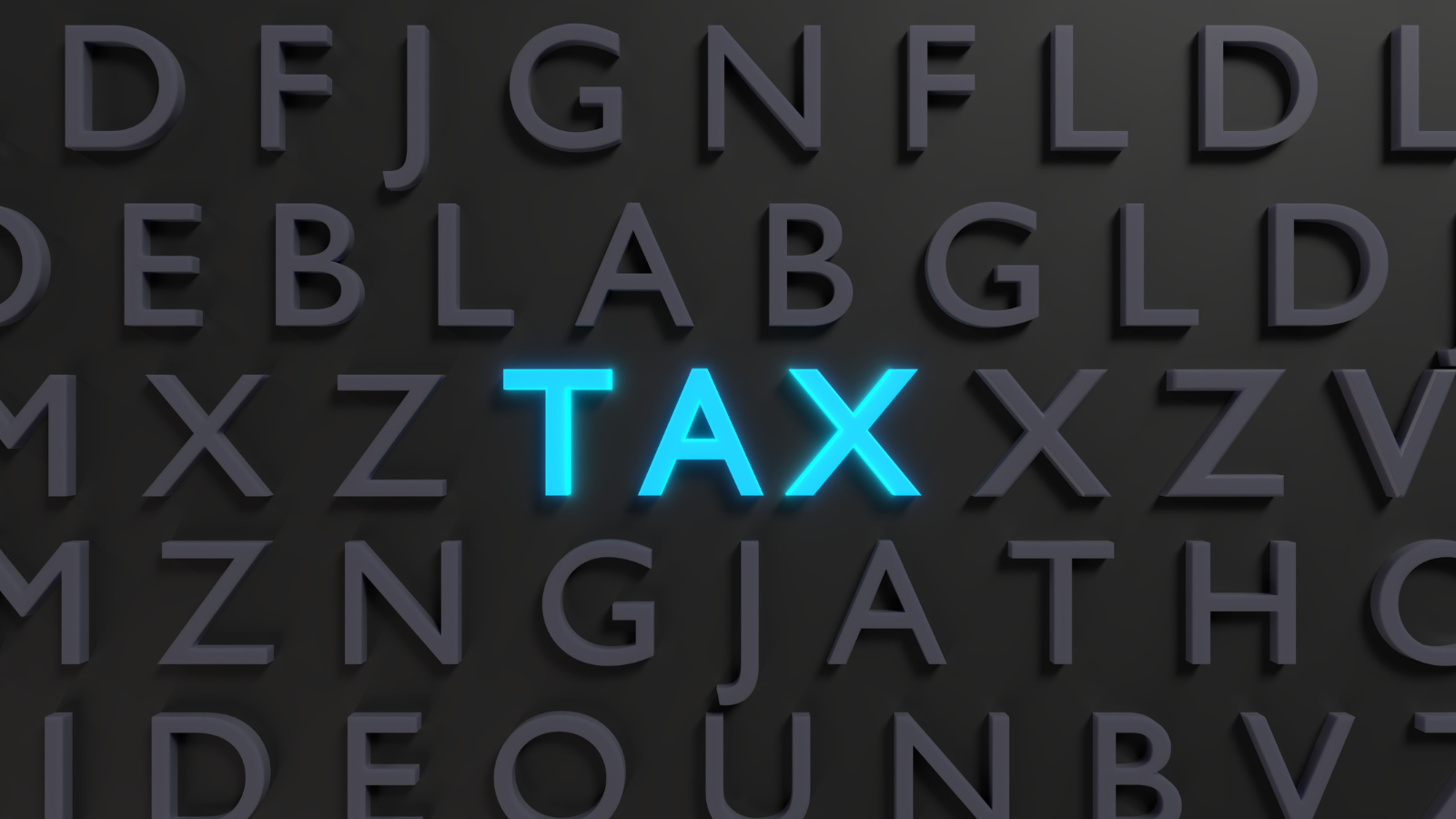Most of the tax allowances have either been frozen or reduced for the 2023/2024 tax year. With the high rates of inflation currently being felt by everyone, this is having a significant impact on individuals. It is very important that in these difficult times that people make the most of what tax allowances and reliefs are available.
Tax-free allowances reduce the amount of tax you must pay on income you receive.
There are two types:
Allowances – which mean you can earn a certain amount of money before paying tax.
Tax relief – something you can claim to reduce your overall tax bill.
A recap on some allowances available for the 2023/2024 tax year and see how these have changed from 2022/2023.
Personal allowance: £12,570 for 2023/2024 the same as in 2022/2023 despite inflation being just under 7% at the moment. In real terms the 2023/2024 personal allowance should be £13,450 to be the same as 2022/2023 in real terms.
20% tax band: 2023/2024 is £12,571 – £50,270. This is unchanged from 2022/2023.
40% tax band: 2023/2024 runs from £50,271 – £125,140. This was £50,271 – £150,000 in 2022/2023.
If your income is above £100,000, basic personal allowance is reduced by £1 for each £2 you earn over the £100,000 limit, irrespective of age. This means that if you earn £125,000 or more in 2023-24, you will receive no personal allowance and all your income is taxed.
45% tax band in 2023/2024 runs form £125,140+. This was £150,000+ in 2022/2023.
Capital gains tax annual exemption. This was £12,300 in 2022/2023 but reduced to £6,000 for 2023/2024. Will be further reduced to £3,000 from 6 April 2024.
Personal savings allowance
You’re allowed to generate a certain amount of income from the interest on your savings each year.
- Basic-rate taxpayers can earn up to £1,000 in savings interest for 2023-24
- Higher-rate taxpayers can earn up to £500 in savings interest for 2023-24
- Additional-rate taxpayers will not have a personal savings allowance
This is unchanged from 2022-23.
Starting rate for savings
The starting rate for savings is a maximum of £5,000. The more you earn from other income (for example your wages or pension), the less you will benefit from this allowance. You are not eligible for the starting rate for savings if your other income is £17,570 or more.
Dividend allowance
The first £1,000 you receive in dividends from investments is also tax-free (known as your dividend allowance).
The allowance was £2,000 in 2022-23. It will be reduced again in 2023-24 to £500.
With the correct type of income sources, you can have income of £12,570 plus £1,000 plus £5,000 plus £1,000 = £19,570 without paying any income tax. For example, an individual can have £9,000 salary or pension, interest of £9,570 and dividends of £1,000 and pay no income tax.
What is tax relief?
Tax relief allows you to deduct some payments you make during the tax year from your gross income, so there’s less for you to be taxed on.
You can claim tax reliefs in addition to any personal tax allowances that you are entitled to, which essentially means you’ll take home more of your income and pay less tax. Here are some of the more familiar types of tax relief.
Tax relief on pension contributions
The tax relief is available on contributions up to 100% of your annual earnings. If you earn £30,000 a year, you can get tax relief on up to £30,000 paid into your pension in a single tax year. However, from April 2023 the maximum contribution you can earn tax relief on in a year is £60,000. This is called the annual allowance and was previously capped at £40,000. The rules are slightly different if you earn more than a certain amount. Seek advice as this can be a complex matter.
Tax relief on charitable donations
Some employers offer a charitable giving scheme through payroll, where you can make donations and have them deducted from your salary before it’s taxed. This means you receive full tax relief on your gift immediately.
Gift Aid
When you opt to donate through the Gift Aid scheme, your donation is net of tax, which means the charity can reclaim an additional 20% of the balance directly from HMRC. Assume you pay £100 to charity. You will have to earn £125 gross pay in order to have £100 in your pocket after tax. So, when you make your donation, the charity can claim back the 20% tax, and receive £125. In practice, this means charities receive 25p for every £1 you donate. Higher-rate taxpayers, who pay 40% tax, can claim the additional 20% tax relief.
Tax relief on qualifying loan interest payments
When paying back certain types of loans, you can get tax relief on the interest payments you make.
For example, mortgages or loans to buy property for your personal use don’t qualify for tax relief. Loans to purchase rental property may qualify for relief. Other loans that normally do qualify are:
- A loan taken out to purchase shares in the borrower’s company or to finance loans to the company, provided that, generally speaking, that company is not an investment company.
- A loan taken out to make an investment into certain types of partnership.
- A loan taken out to buy plant and machinery for use in a trading, professional or property partnership’s business.
There are numerous more allowances and tax reliefs available to mitigate your tax liability. If this is of interest to you, please consult one of our tax experts to discuss how you may benefit.


 Private client and personal tax
Private client and personal tax  Video Games Tax Credits
Video Games Tax Credits  Trusts, IHT and estate planning
Trusts, IHT and estate planning  Corporate tax
Corporate tax 